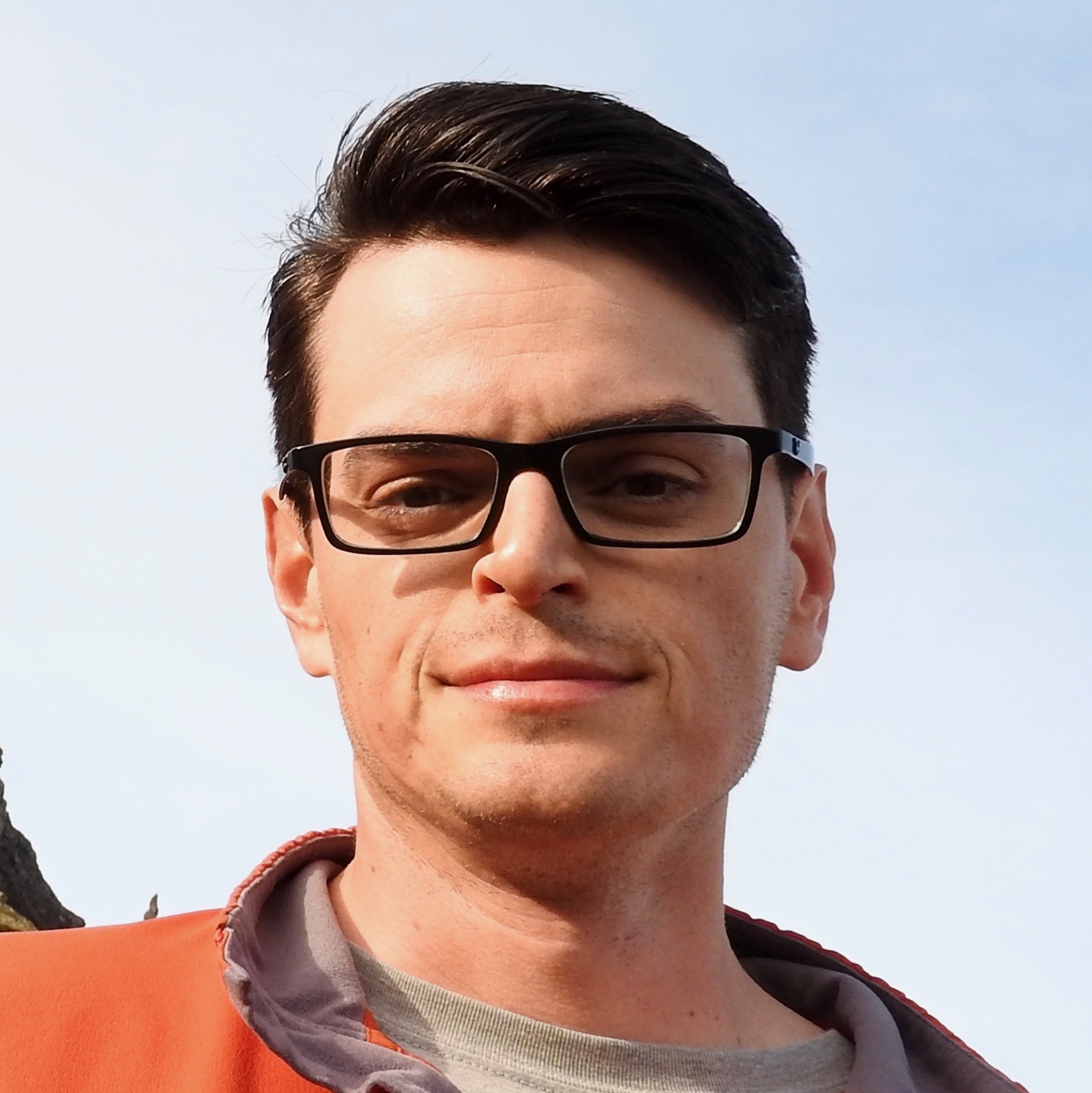Currently an independent AI Alignment researcher | Former Postdoctoral Research Associate studying galaxy evolution
Currently, I am an independent researcher working on AI alignment research while I work towards transitioning into a career in ML Engineering. Previously, I was a postdoctoral research associate studying galaxy evolution at the University of Washington with Sarah Tuttle. Prior to that, I earned my PhD at UC Irvine working with Michael Cooper while also collaborating with James Bullock , Michael Boylan-Kolchin , and the Local Group .
Whenever possible with my limited free time, I try to get outside to enjoy some combination of snowboarding, nordic skiing, climbing, hiking, and camping.
